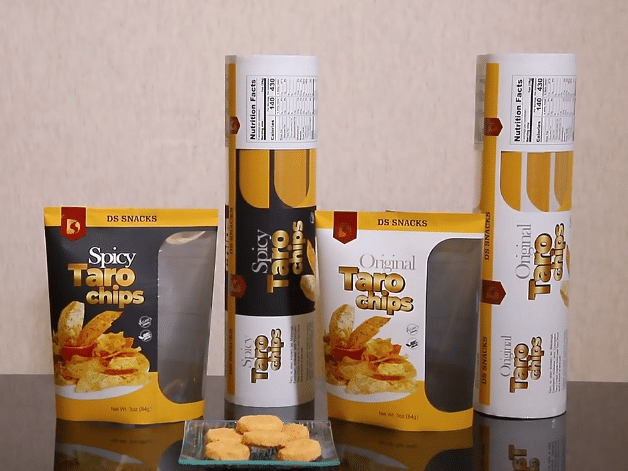Balancing Functionality and Convenience in Food Packaging Bags
Balancing Functionality and Convenience in Food Packaging Bags
Food packaging bags serve multiple purposes, from protecting and preserving food products to providing convenience and ease of use for consumers. Striking the right balance between functionality and convenience is crucial in designing food packaging bags that meet the needs of both manufacturers and consumers. This article explores the importance of balancing functionality and convenience in food packaging and examines the key considerations and strategies for achieving this balance.

- Understanding functionality in food packaging bags:
a. Product protection: Exploring how packaging bags safeguard food products from external factors such as moisture, oxygen, light, and physical damage during transportation and storage.
b. Preservation and shelf life extension: Discussing the role of packaging in maintaining the freshness, flavor, and nutritional quality of food products, thereby extending their shelf life.
c. Portion control and serving convenience: Highlighting the importance of portion control and packaging designs that promote effortless and mess-free serving and consumption.
d. Identification and information: Addressing the need for clear labeling and packaging designs that provide essential information, such as ingredients, nutritional values, and allergy warnings. - Ensuring convenience in food packaging:
a. Easy opening and resealability: Discussing the importance of designing packaging bags that are easy to open, facilitating quick access to the product, and providing resealable features for maintaining freshness.
b. Portability and on-the-go consumption: Addressing the growing demand for packaging bags that are portable, lightweight, and convenient for on-the-go consumption.
c. Microwave and freezer compatibility: Exploring the convenience of packaging bags that can withstand microwave heating for quick reheating and freezer storage for extended product life.
d. User-friendly designs: Incorporating user-friendly features such as ergonomic handles, spouts, or dispensers to enhance ease of use and convenience for consumers. - Considerations for balancing functionality and convenience:
a. Material selection: Choosing packaging materials that combine functionality, such as barrier properties and product protection, with the convenience of easy handling, resealability, and compatibility with different applications.
b. Packaging size and shape: Optimizing packaging sizes and shapes to ensure efficient storage, transportation, and stackability, while also considering ease of handling and consumer convenience.
c. Sustainability considerations: Balancing functionality and convenience with sustainable packaging solutions, such as using recyclable or compostable materials and minimizing packaging waste.
d. Consumer insights and feedback: Gathering feedback from consumers to understand their preferences, needs, and pain points, and using this information to improve packaging designs and enhance convenience. - Innovative solutions for functional and convenient food packaging:
a. Smart packaging technologies: Exploring the integration of technologies such as freshness indicators, time-temperature sensors, or interactive packaging designs that enhance functionality and provide convenience to consumers.
b. Single-portion and portion-controlled packaging: Discussing the benefits of individual portion packaging for convenience, portion control, and reducing food waste.
c. Reusable and sustainable packaging: Emphasizing the growing demand for reusable food packagingas a sustainable alternative that offers both functionality and convenience.
d. Packaging customization and personalization: Understanding the importance of tailored packaging solutions that cater to specific product needs and consumer preferences, further enhancing functionality and convenience.
Conclusion:
Balancing functionality and convenience is essential for designing food packaging bags that meet the needs of both manufacturers and consumers. Ensuring product protection, ease of use, convenience, and sustainability considerations are key factors in achieving this balance. By incorporating user-friendly features, leveraging innovative technologies, and considering consumer preferences, manufacturers can develop packaging solutions that offer optimum functionality, enhance convenience, and contribute to a positive consumer experience. Striving for this balance will ultimately drive customer satisfaction, brand loyalty, and a more efficient and sustainable food packaging industry.

contact our food packaging experts,Customize your company’s own food packaging,You can communicate with us on WhatsApp, or fill out the form below







